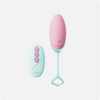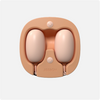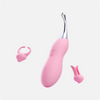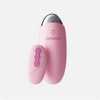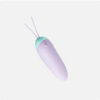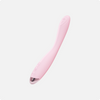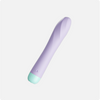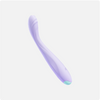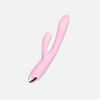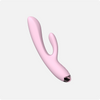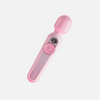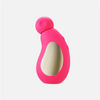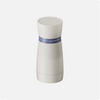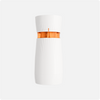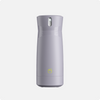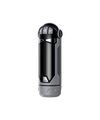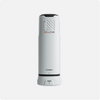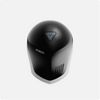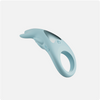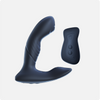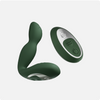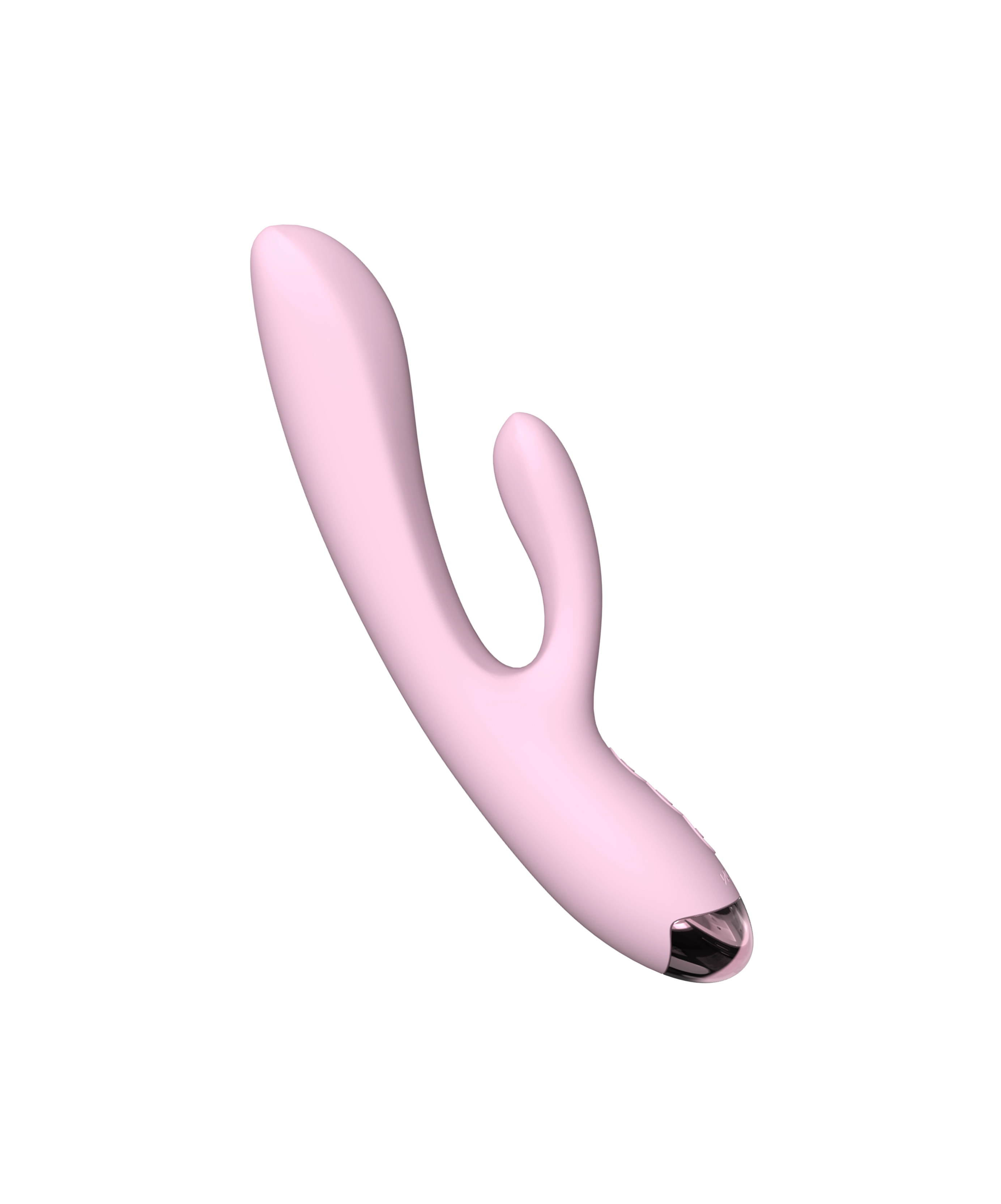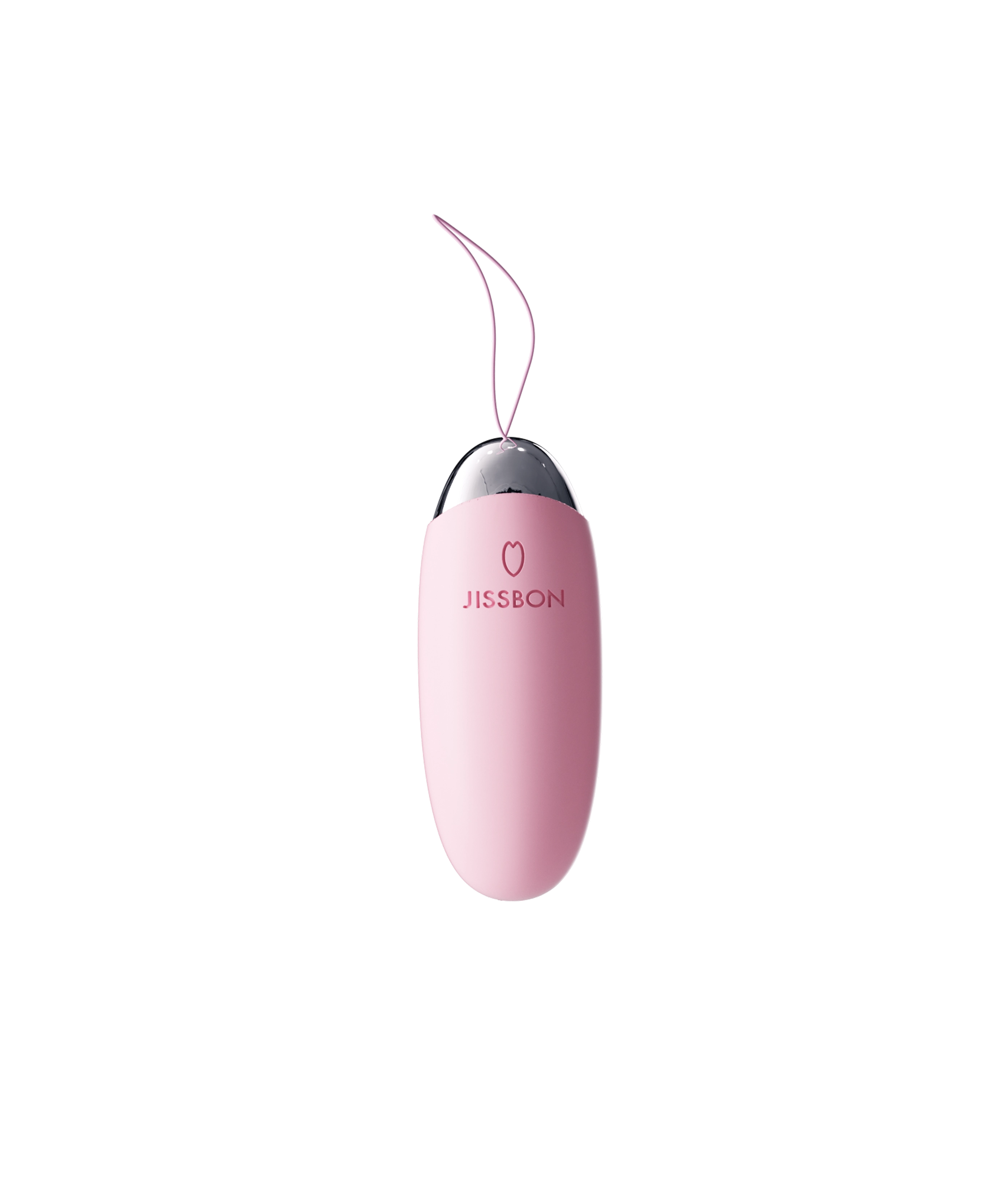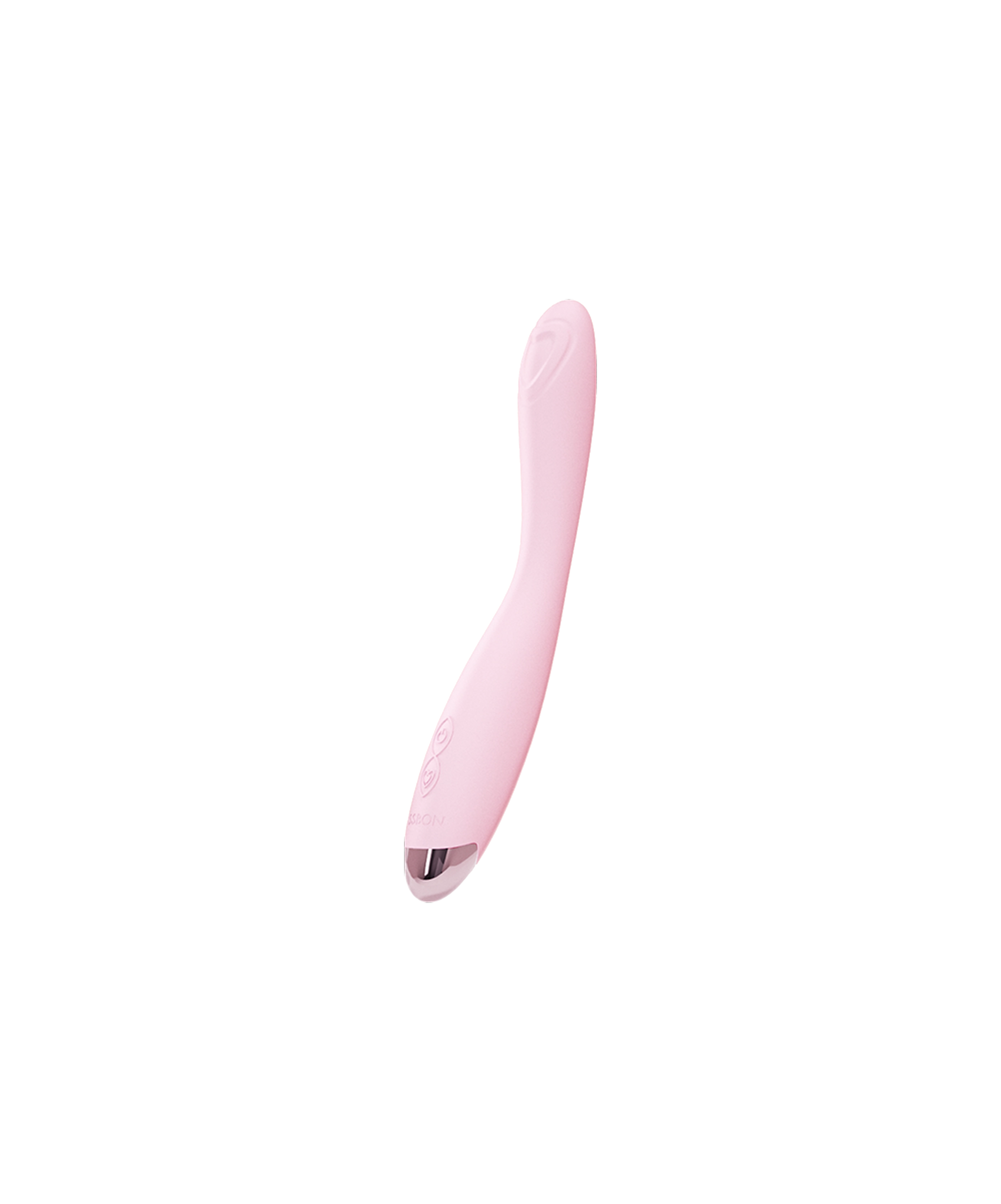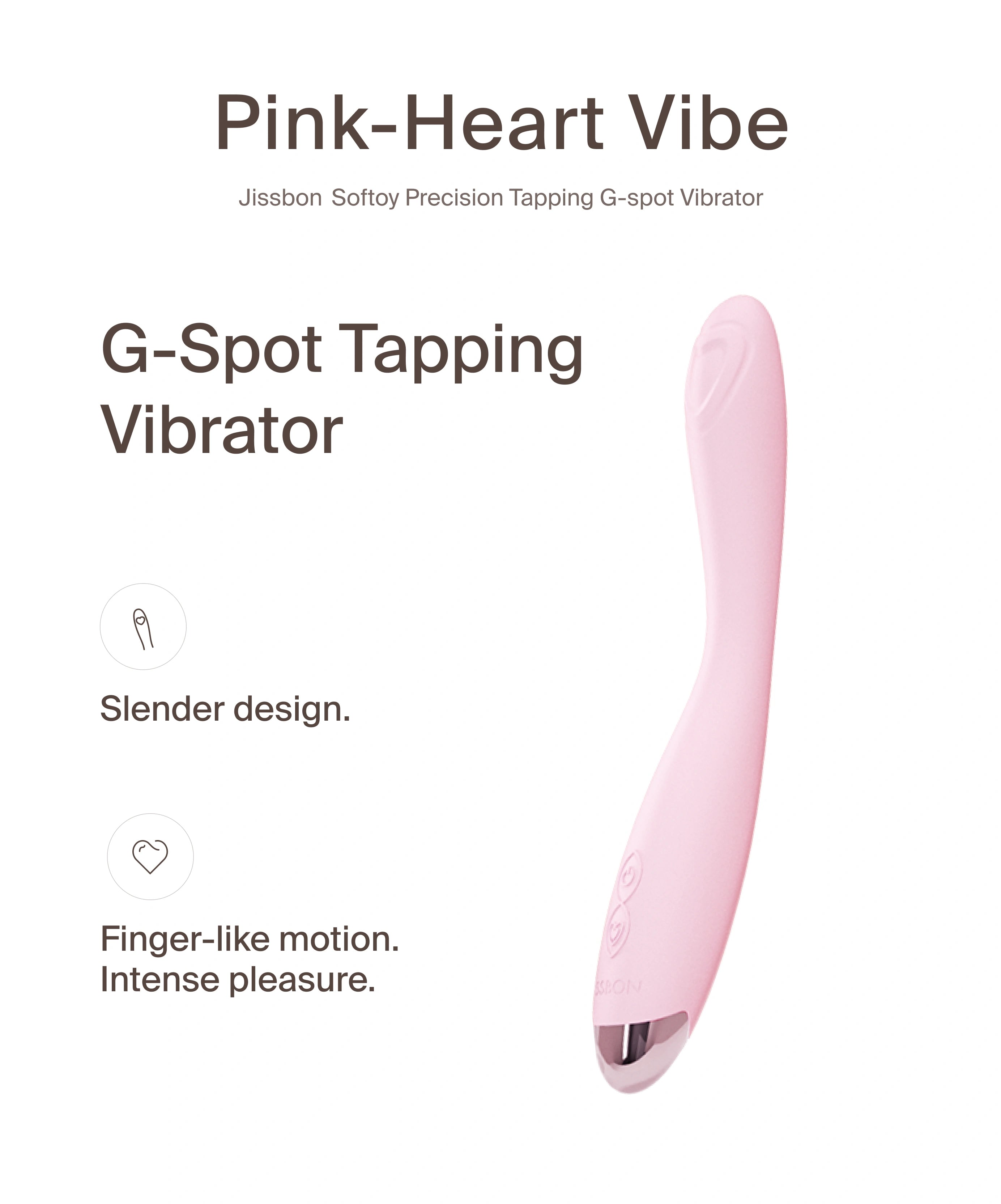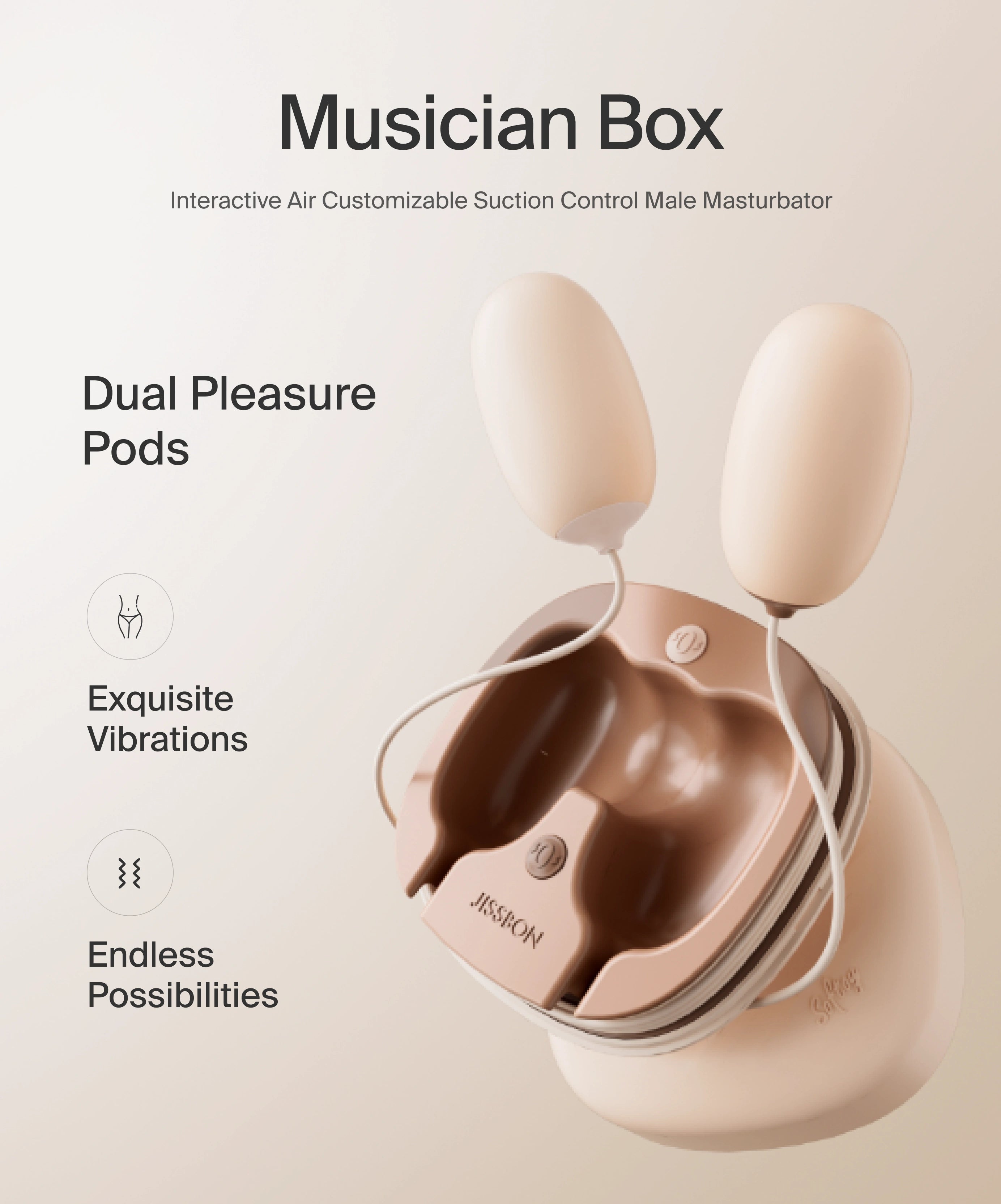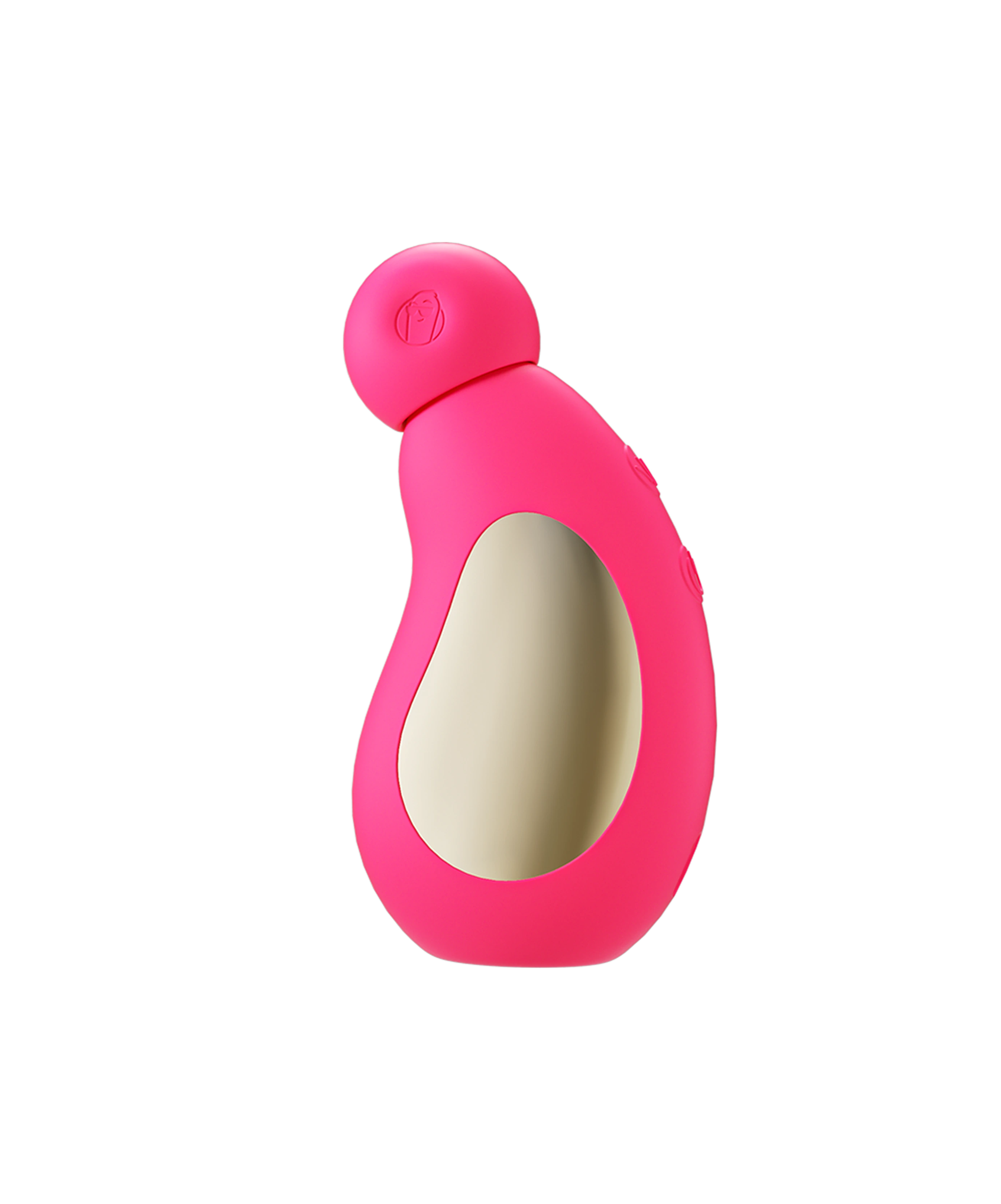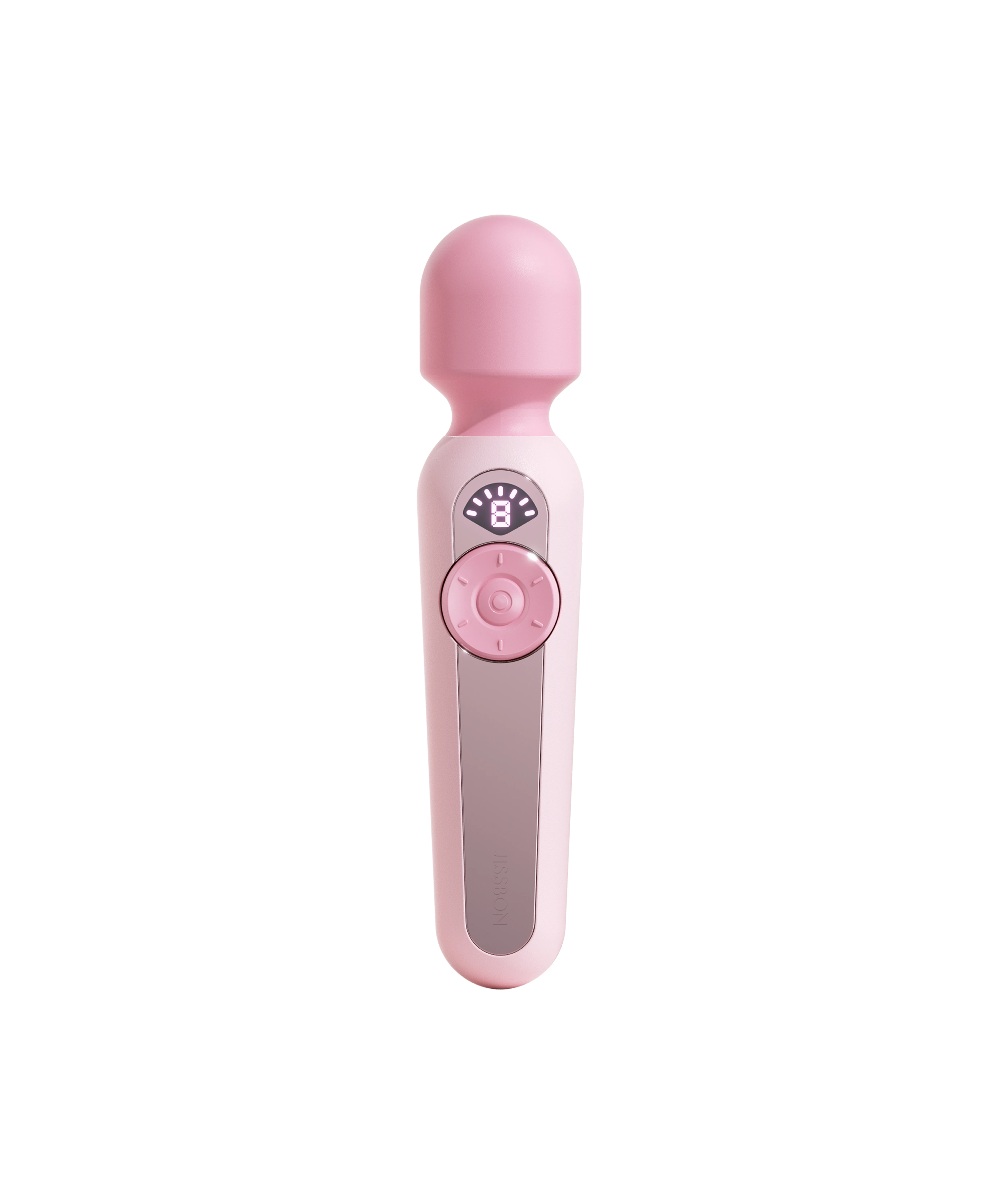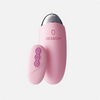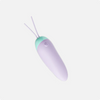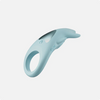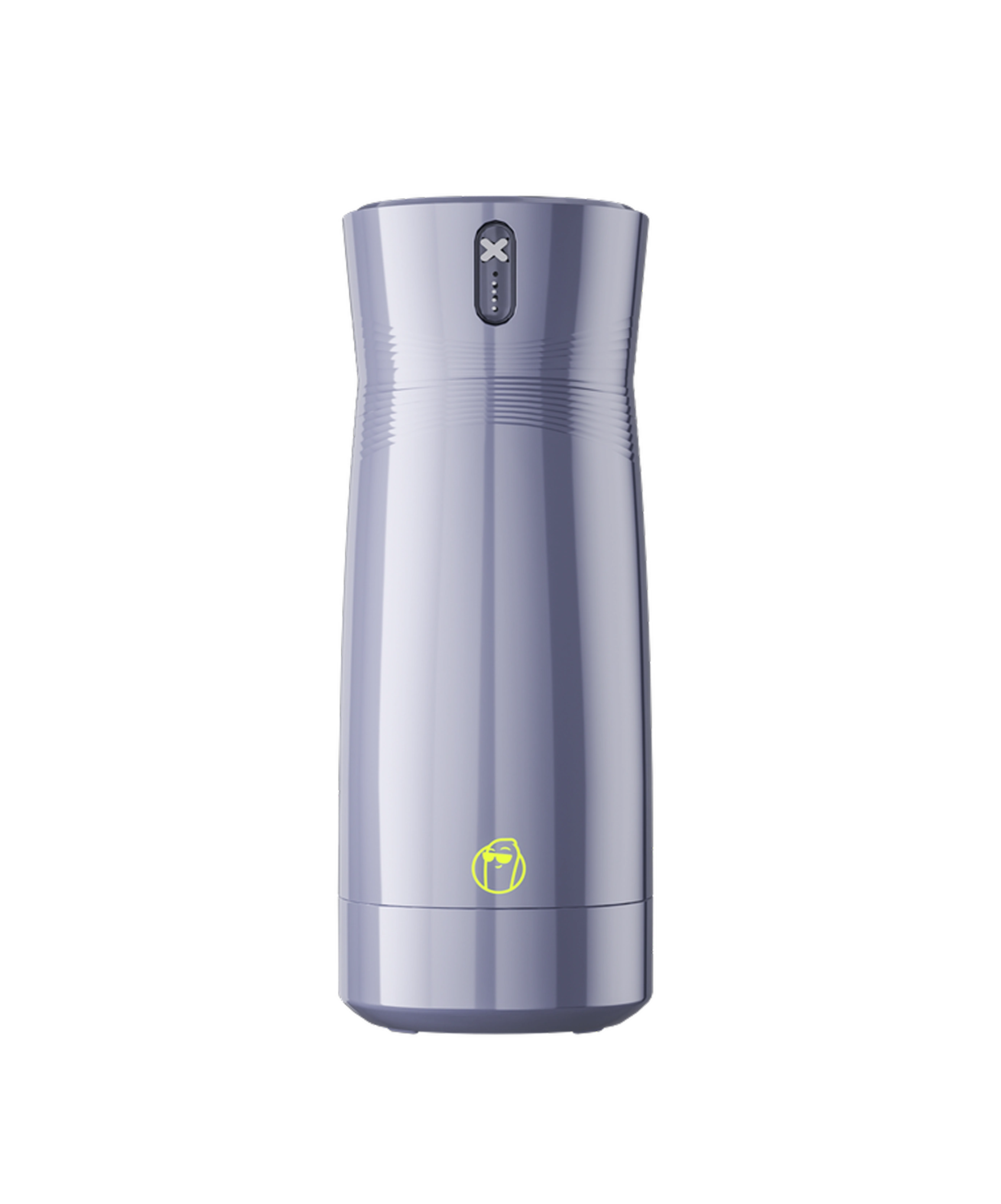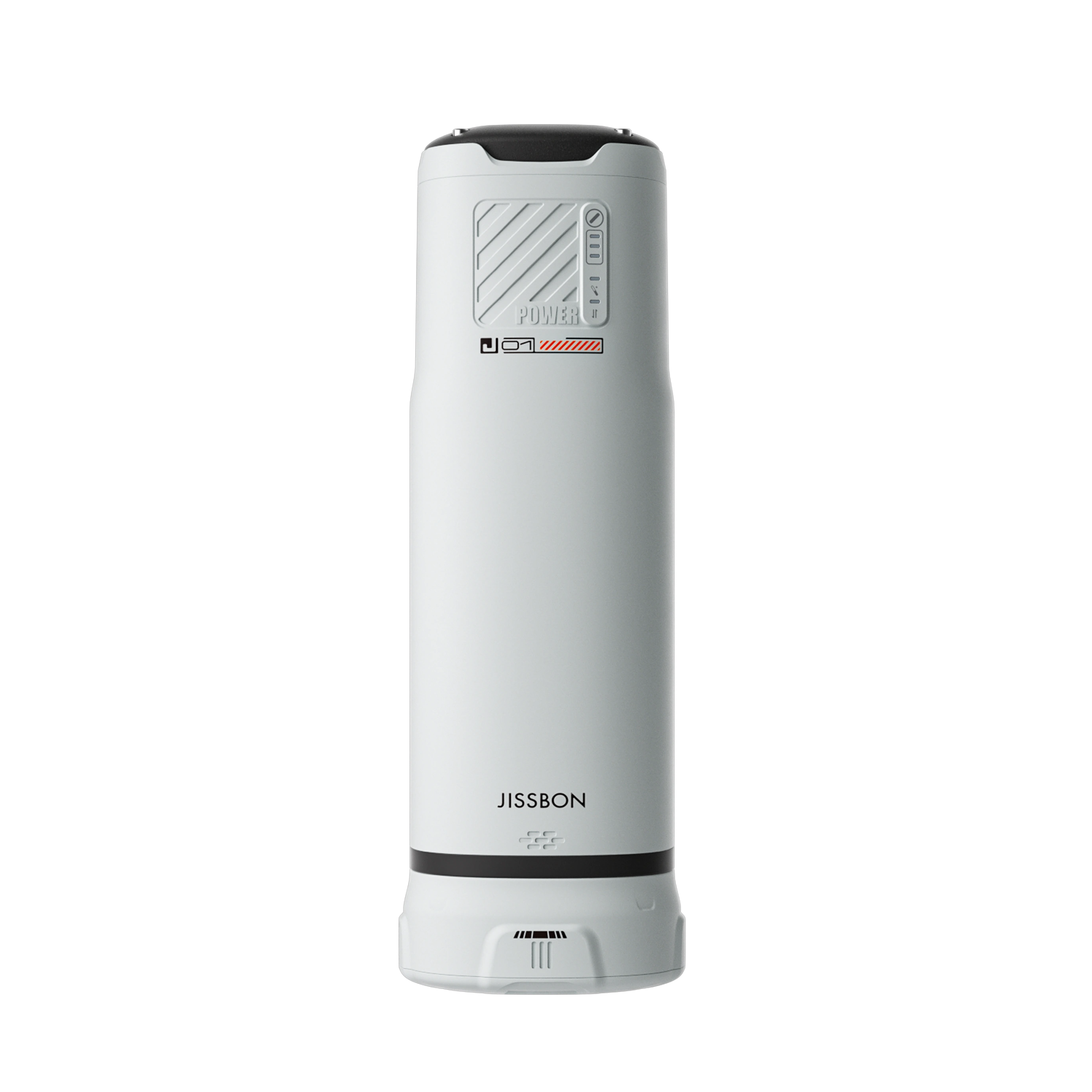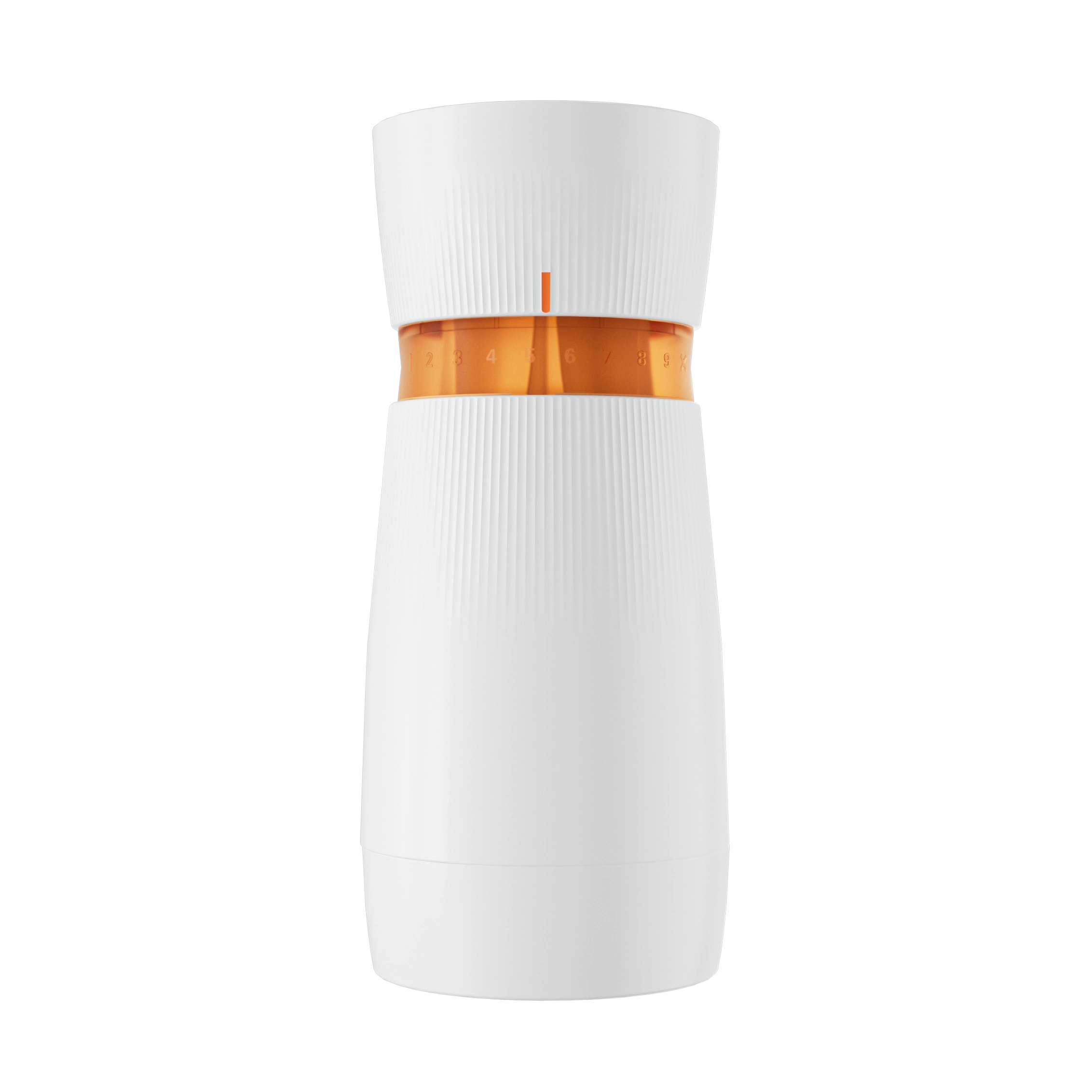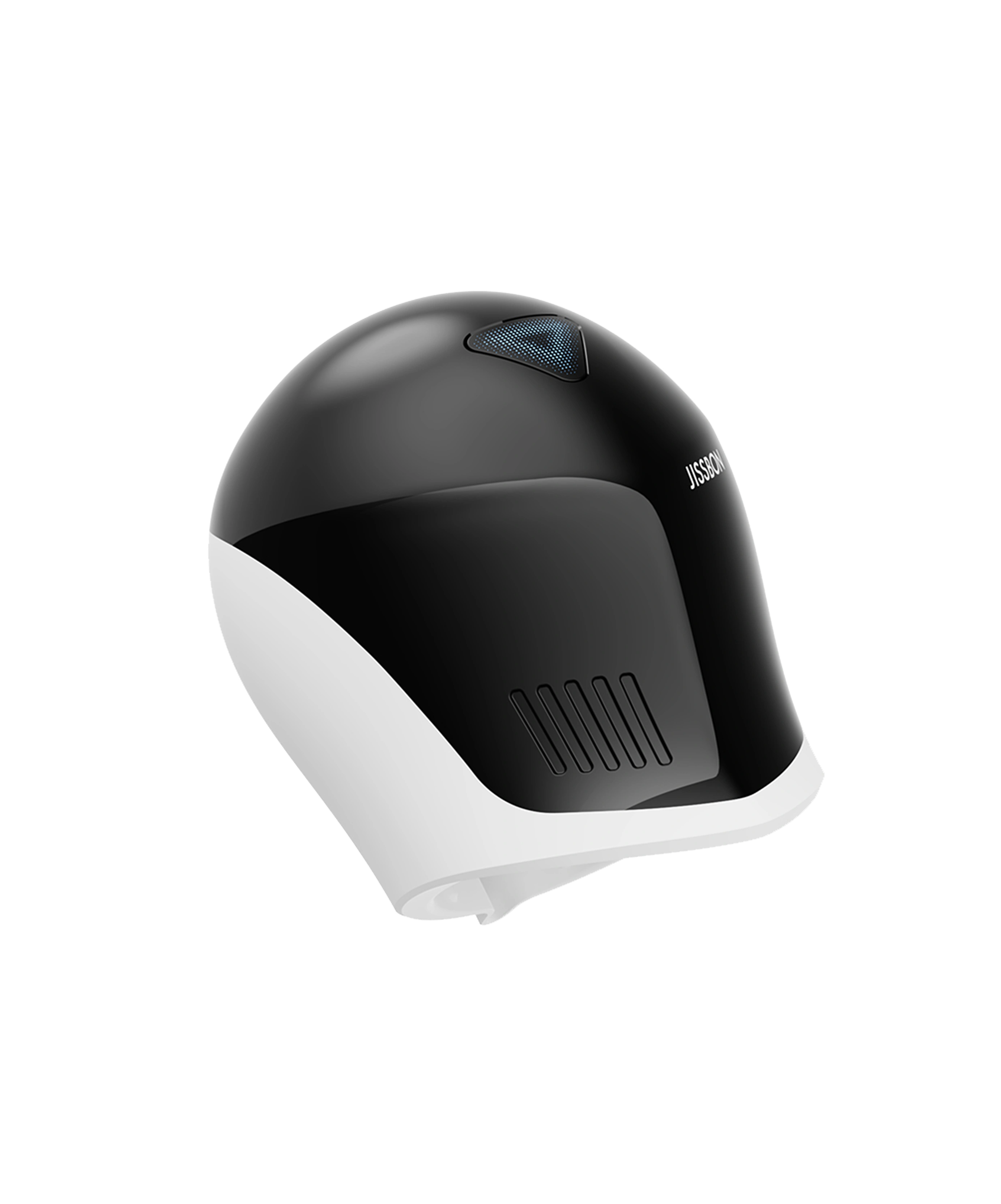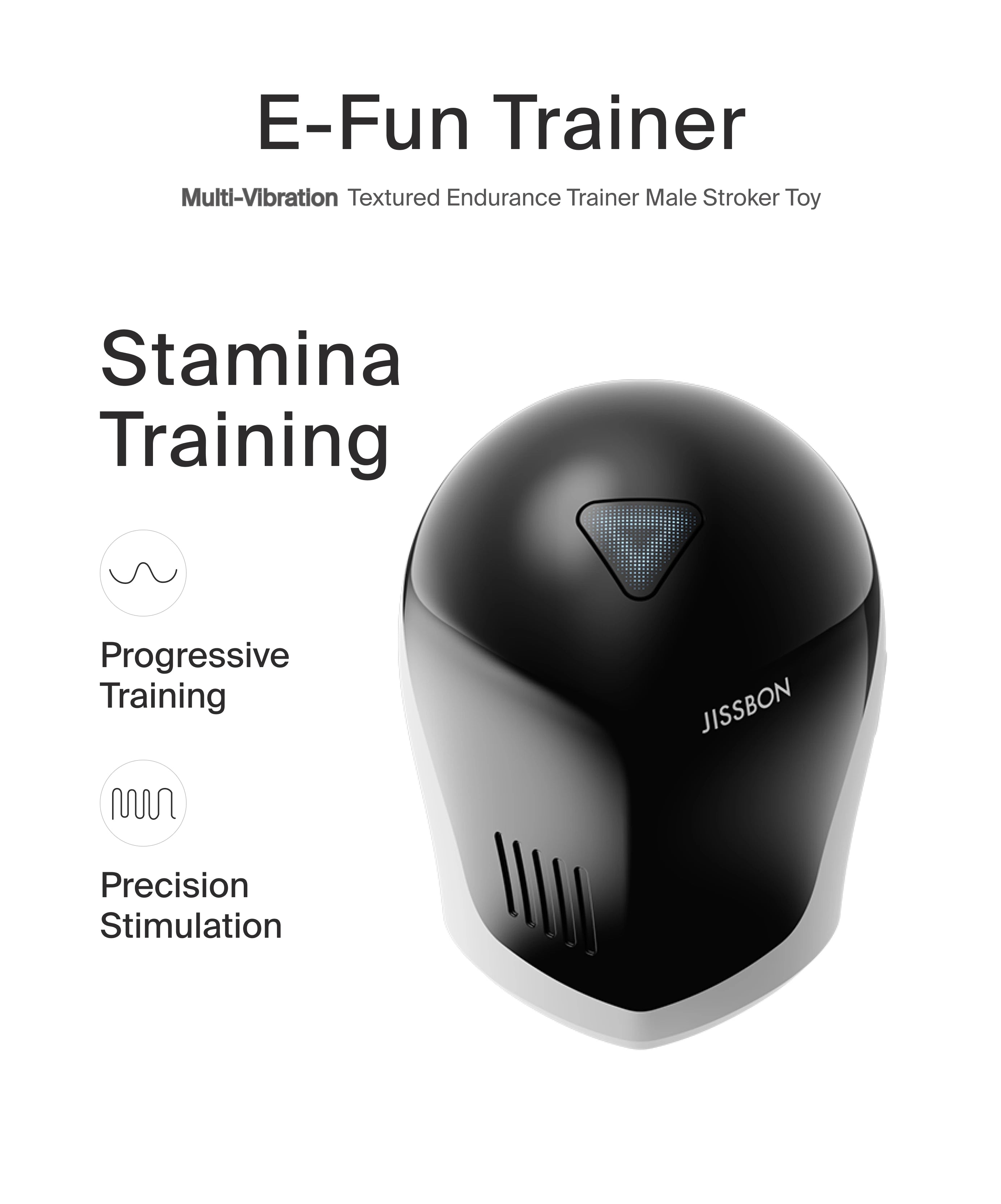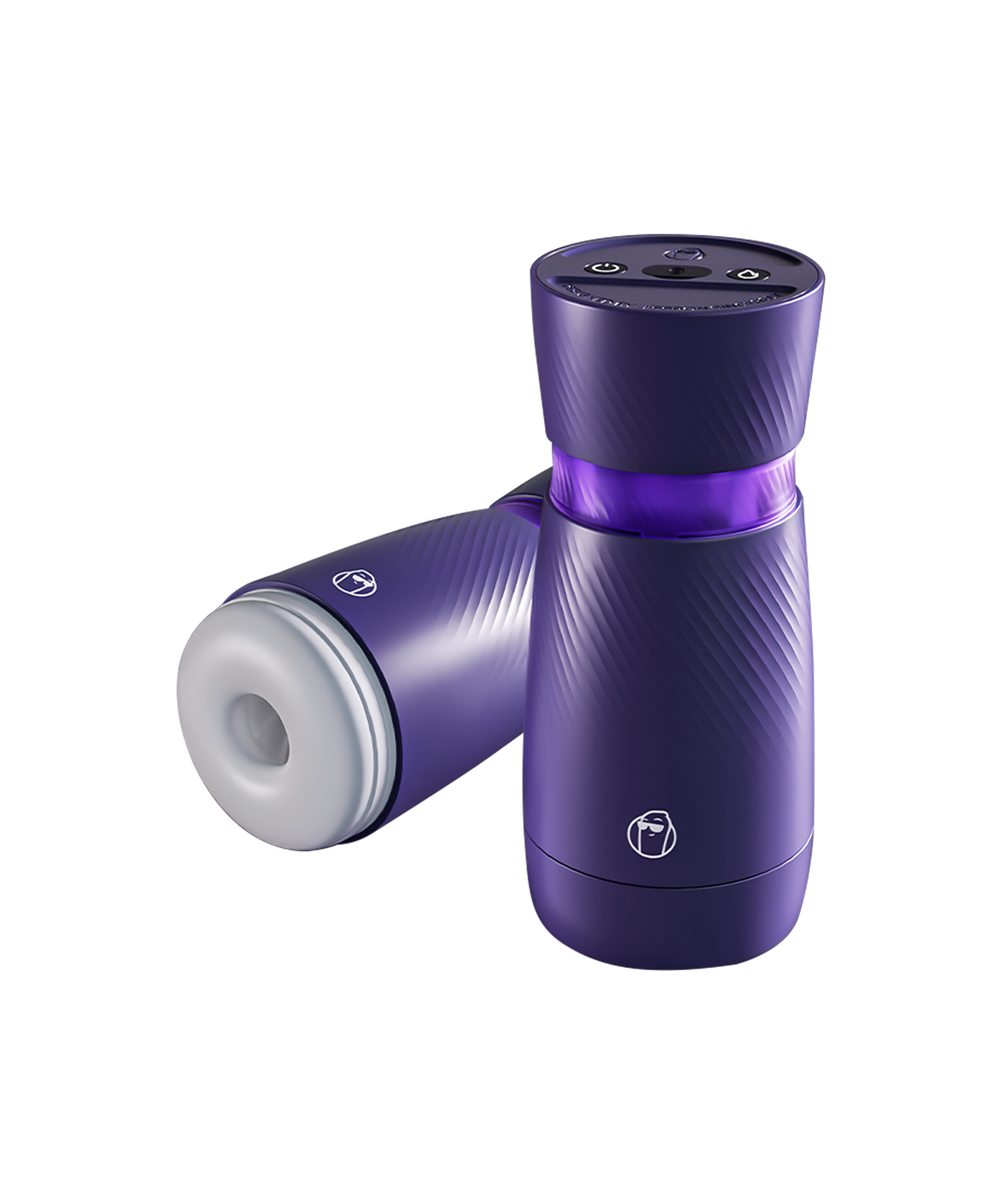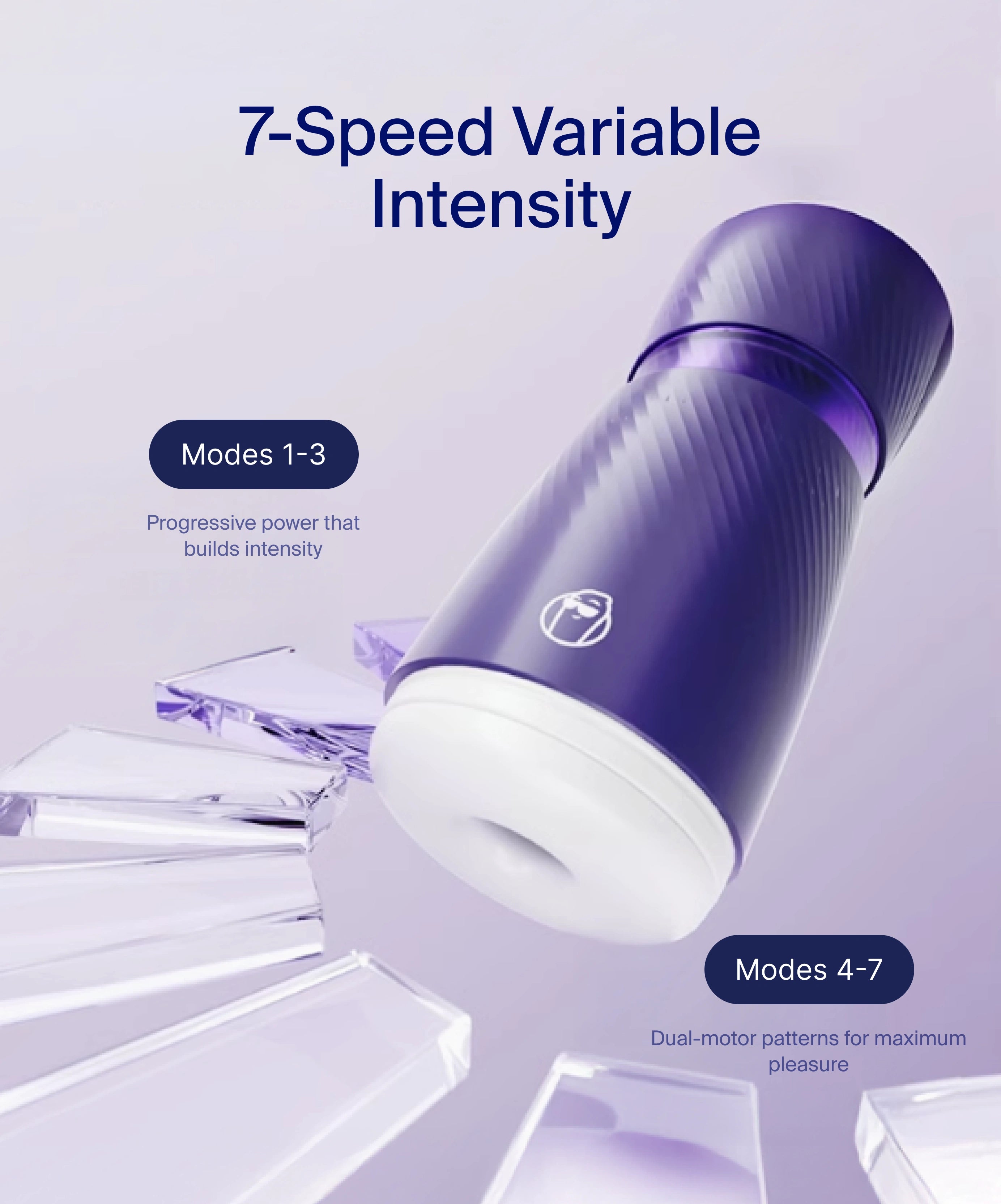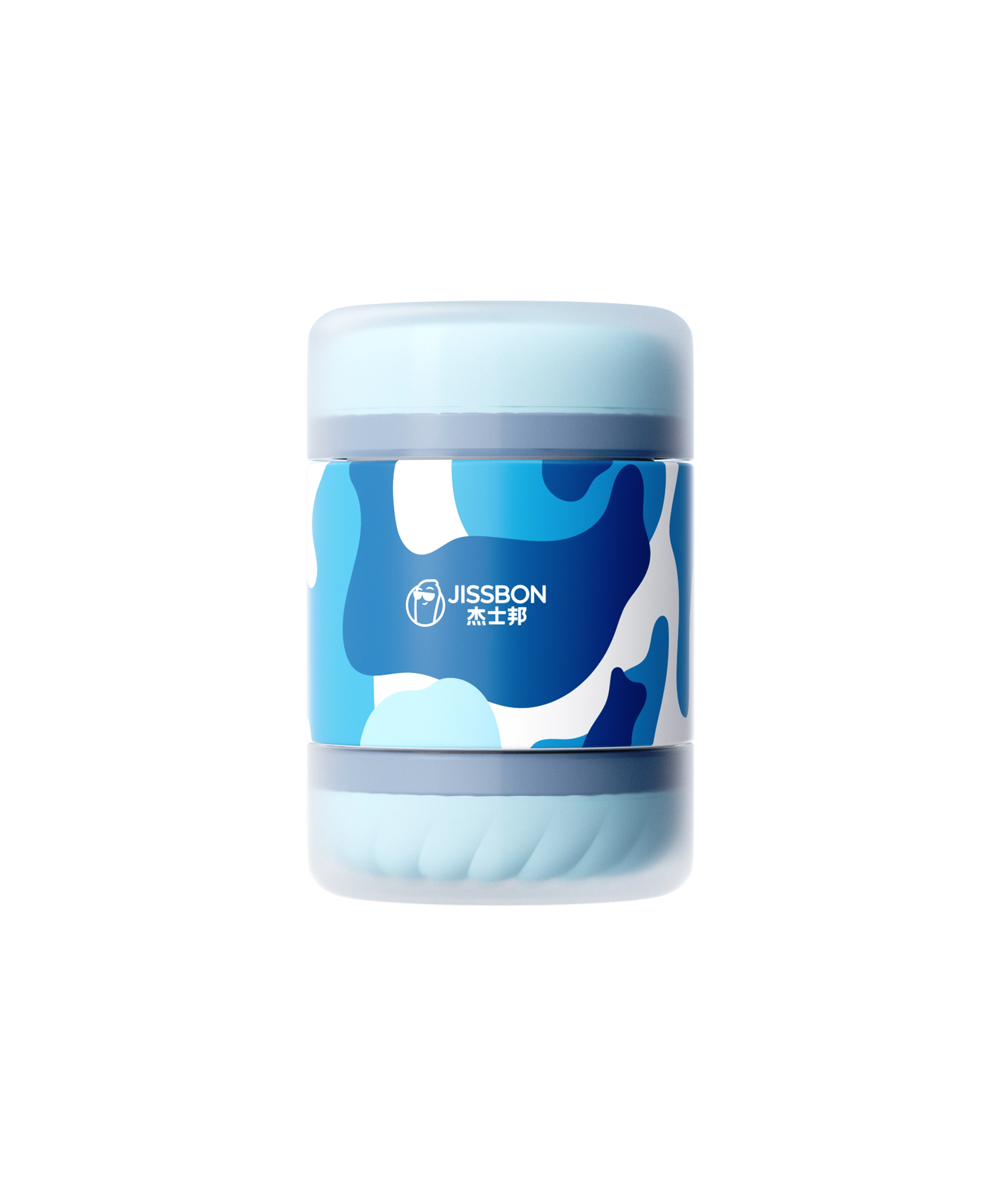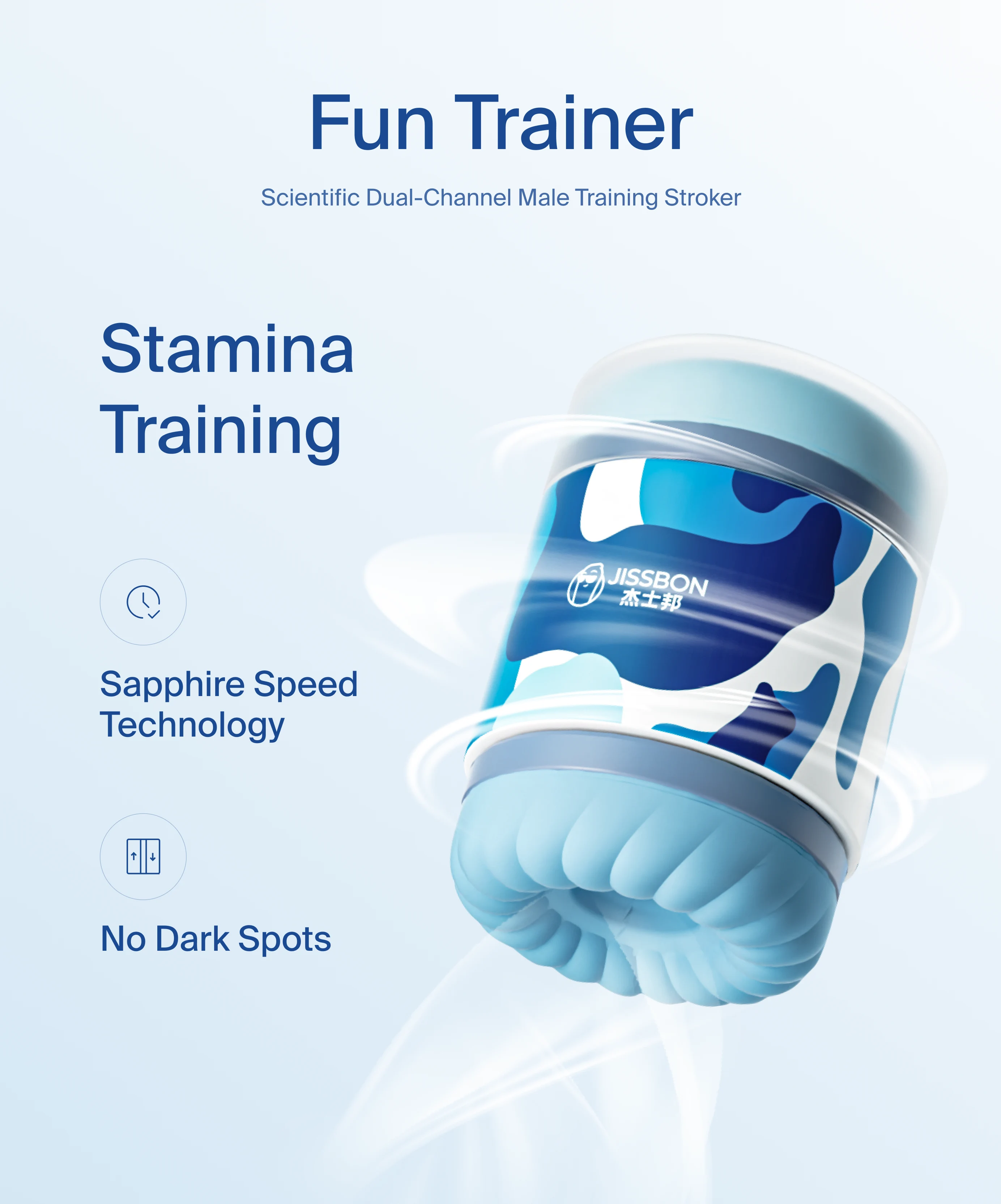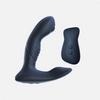If you’re curious about having sex with toys, you’re in excellent company. People of all ages use toys to explore new sensations, make orgasms easier, and connect more deeply with partners. Below, you’ll find a friendly, research‑informed guide to sex toys use—how to choose, how to start solo or as a couple, safety basics, and answers to common questions like “do dildos feel good?” and “why do people use sex toys?”
Why do people use sex toys?
Think of toys as pleasure tools. They add sensation (buzz, pulse, pressure), reduce effort, and make arousal more predictable—especially for those who need consistent clitoral or prostate stimulation. Clinical and sexual‑medicine groups note that vibrator use is associated with higher desire, arousal, satisfaction, and improved sexual function in many users.
Large, modern studies also link sex toy use and ownership with higher sexual and life satisfaction, suggesting toys can support both personal and relationship wellbeing (correlation, not proof of causation).
And they’re common: nationally representative research found over half of women have used a vibrator at some point—a reminder that using toys is mainstream and often health‑promoting.
- Toys can enhance pleasure and help map what your body likes.
- They may lower anxiety around performance and make arousal feel more accessible.
- For couples, toys can be a shared language for experimenting, not a replacement for intimacy.
Quick safety & comfort setup (the non‑negotiables)
- Lube + compatibility. With latex condoms, use water‑based or silicone lube; avoid oils (they weaken latex and raise break risk).
- Clean before and after. For non‑porous toys (silicone, stainless steel, glass), mild soap + warm water is a good baseline; many guides recommend this as the everyday method.
- Sharing = barriers. If a toy touches more than one person—or moves between body areas—cover it with a condom and change the condom when you switch partners or routes (e.g., anus → vagina).
- Anal toys need a flared base. This prevents the toy from traveling inward as muscles contract.
- Consent & conversation. Check in about boundaries and add a simple pause/stop cue before play. Mainstream medical guidance frames safer sex as protection for both body and emotional wellbeing.
Hygiene note: some research found traces of HPV can persist on certain materials even after cleaning, especially porous/elastomer toys. Favor non‑porous materials and/or use condoms on shared toys.
What are sex toys used for? (Match sensation to tool)
- External focus (clitoris, frenulum, perineum): bullets, wands, air‑pulse “suction” toys
- Internal focus (fullness/pressure): dildos, curved G‑spot vibrators, prostate massagers
- Couples & “using toys during sex”: vibrating rings, wearable bullets, slim external stimulators
- Healthcare explainers group toys as devices that increase arousal or comfort during sexual activity, solo or partnered.
If you want a discreet starter, compare Egg & Bullet Vibrators. A tiny wearable like the Remote‑Controlled Bullet Vibrator is easy to add to foreplay or intercourse without changing positions.
Solo: how to have sex with toys (step‑by‑step)
If you love gentle, targeted touch → Bullet/mini massager
- Lube + low power. Rest it over the clitoral hood, along the labia, or against the frenulum; hold steady before moving.
- Tap vs. pressure. Some bodies prefer still pressure over sweeping motions. Try 20–30s holds, then short circles.
If you crave broad, deep rumble → Wand
- Start over fabric (underwear/soft cloth) if strong power overwhelms.
- Sweep over inner thighs, perineum, or outer labia; then settle where you like.
If you want fullness or “come‑hither” pressure → Dildo or curved vibrator
- Warm up externally; add plenty of lube.
-
Insert on an exhale and angle toward the belly button; pressure + pause can feel better than fast thrusting.
- Do dildos feel good?
- Many people enjoy the sense of fullness and ability to press or rock against the front vaginal wall (or prostate through the rectal wall) at just the right angle.
If you’re curious about prostate play → Prostate massager
- Choose a flared‑base design; use lots of lube.
- Insert slowly, then rock or pulse rather than thrust. (Comfort first; sharp pain is your stop sign.)
Couples: using toys during sex (without breaking the mood)
The trick: Make toys part of the choreography, not the main event.
- Missionary or side‑lying: A small bullet rests on the clitoral hood or perineum while you stay close—eye contact intact.
- Worn vibrating ring (30 minutes or less): Adds steady external stimulation with minimal fuss. (Always follow manufacturer guidance and remove sooner if there’s discomfort, numbness, or discoloration.)
- External “suction” toy before intercourse: Many enjoy climaxing once with external stimulation, then switching to penetration more relaxed and aroused.
- Beginner butt plug during oral/manual play: Focus on fullness and external touch—not first‑time penetrative anal. (Flared base, again.)
Benefits of using a vibrator (and other toys), in plain language
- Consistency: Buzz or pulse creates repeatable stimulation patterns—helpful if orgasms feel elusive. Medical Q&As link vibrator use with higher desire, arousal, satisfaction, and orgasmic function in many people.
- Body learning: Toys help you map pressure, angle, and pacing—knowledge you can share with partners later.
- Less performance pressure: When a device handles sensation, you can focus on connection and fantasy. Sex‑ed resources note toys can reduce anxiety and rebuild sexual confidence.
- Inclusive pleasure: Different power levels, shapes, and grips can make pleasure more accessible for folks with limited mobility or sensory needs.
- Relationship booster: Joint experimentation is a low‑stakes way to practice talking about desire—skills that extend beyond the bedroom.
Cleaning, sharing & storage (simple, effective habits)
- Every time: Wash with mild soap and warm water; pat dry and let air‑dry fully before storing.
- When sharing or switching orifices: Condom on the toy; new condom for each partner/route.
- Materials matter: Non‑porous silicone, steel, and glass are easier to sanitize than porous materials. (Some non‑motorized pieces can be briefly boiled; always check your manual.)
- Reality check: Even after cleaning, some materials can retain traces of HPV—another reason to favor non‑porous designs and use barriers when sharing.
A gentle “first‑week” plan (solo → together)
Days 1–2: Explore externally with a bullet on low power for 5–10 minutes. Try steady pressure vs. micro‑circles; pay attention to breath and pelvic‑floor relaxation.
Days 3–4: If you like fullness, practice with a slim dildo/curved vibe (or prostate massager). Start and end with external touch.
Day 5: Share your notes (what felt best, what didn’t). Agree on a safe word and a toy location that won’t block closeness.
Days 6–7: Add toys to foreplay or during sex—bullet in missionary or spoons, or a short session with a vibrating ring (≤30 minutes).
Common mistakes (and easy fixes)
- Using oil with latex. Switch to water‑based or silicone to keep condoms strong.
- Forgetting the flared base for anal toys. Non‑negotiable.
- One pattern, too long. If you “numb out,” lower intensity, change angles, or edge for 30–60 seconds.
- Skipping cleaning between partners or routes. Use condoms on toys and change them when you switch.
Frequently Asked Questions:
What are sex toys used for, exactly?
They provide consistent stimulation—external (clitoris, frenulum, perineum) or internal (fullness/pressure at the G‑spot or prostate)—to enhance arousal, comfort, and orgasm during solo or partnered sex.
Do dildos feel good?
Many people enjoy the fullness and the ability to press or rock at the right angle. A curved tip can add “come‑hither” pressure to the front wall; just go slowly with plenty of lube.
What are the benefits of using a vibrator?
Studies and expert groups link vibrator use with higher desire, arousal, satisfaction, and better sexual function in many users; couples often report improved communication and satisfaction when they use sex toys together.
Is it safe to use toys during sex?
Yes—follow basics: lube compatibility (no oil with latex), flared base for anal toys, condoms on shared toys, and clean before/after.
How do you introduce toys to a partner?
Share what you like, frame toys as add‑ons (not replacements), agree on a pause/stop cue, and start with something small like a bullet or a short vibrating‑ring session. Safer‑sex guidance encourages boundary‑setting for physical and emotional safety.
The bottom line
Having sex with toys is about listening to your body and communicating with your partner. Start small, use lube generously, protect each other with simple hygiene and barriers, and let curiosity guide you. When you’re ready to experiment, browse Egg & Bullet Vibrators for discreet starters—or explore the Jissbon for more guides and options.
Read more

Curious about how to use sex toys—for yourself, with a partner, or both? You’re in the right place. This friendly, practical guide explains what sex toys are used for, how to pick your first toy, s...

Worried you’ve spotted mold on a sex toy—or want to make sure it never happens? This beginner‑friendly guide explains why mold shows up, the real health risks, and exactly how to clean, store, and ...
